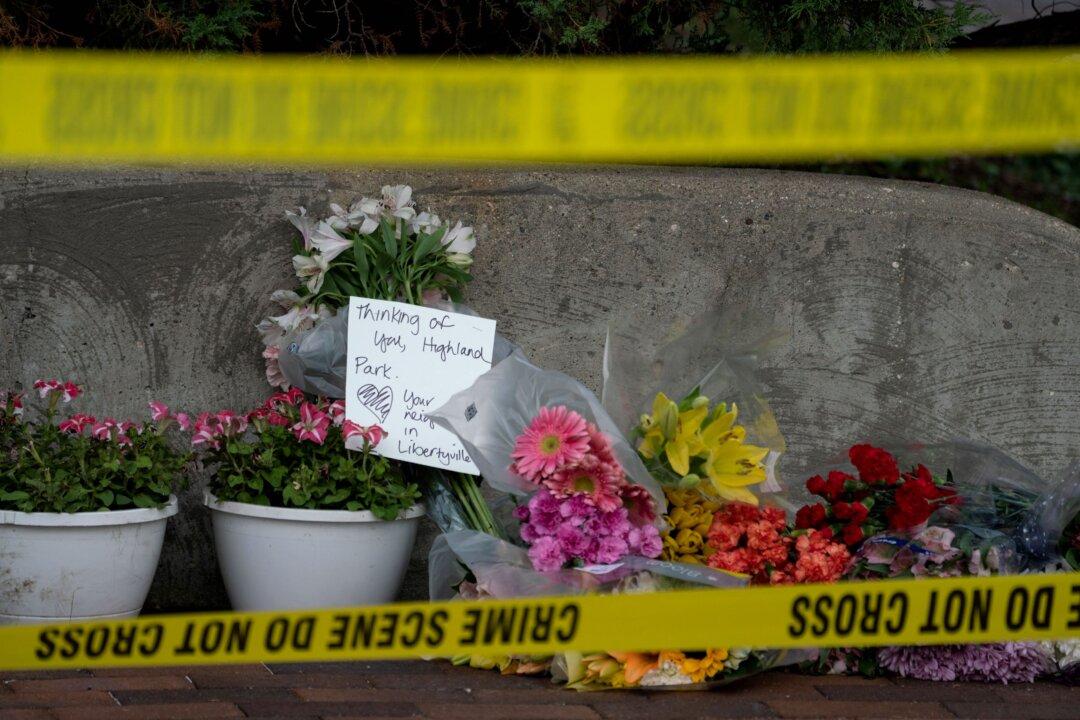WASHINGTON—A new report suggests that Yale University, and other U.S. higher education institutions more generally, widely engage in “neo-segregation,” that is, “voluntary racial segregation of students, aided by college institutions, into exclusive dormitories, common spaces, classes, and events.”
The report is part of a larger project by the National Association of Scholars (NAS). It includes a survey of 173 colleges and universities, public and private, in all 50 states, finding 46 percent of schools segregate student orientation programs, 43 percent segregate residential arrangements, and a towering 72 percent segregate graduation ceremonies.





